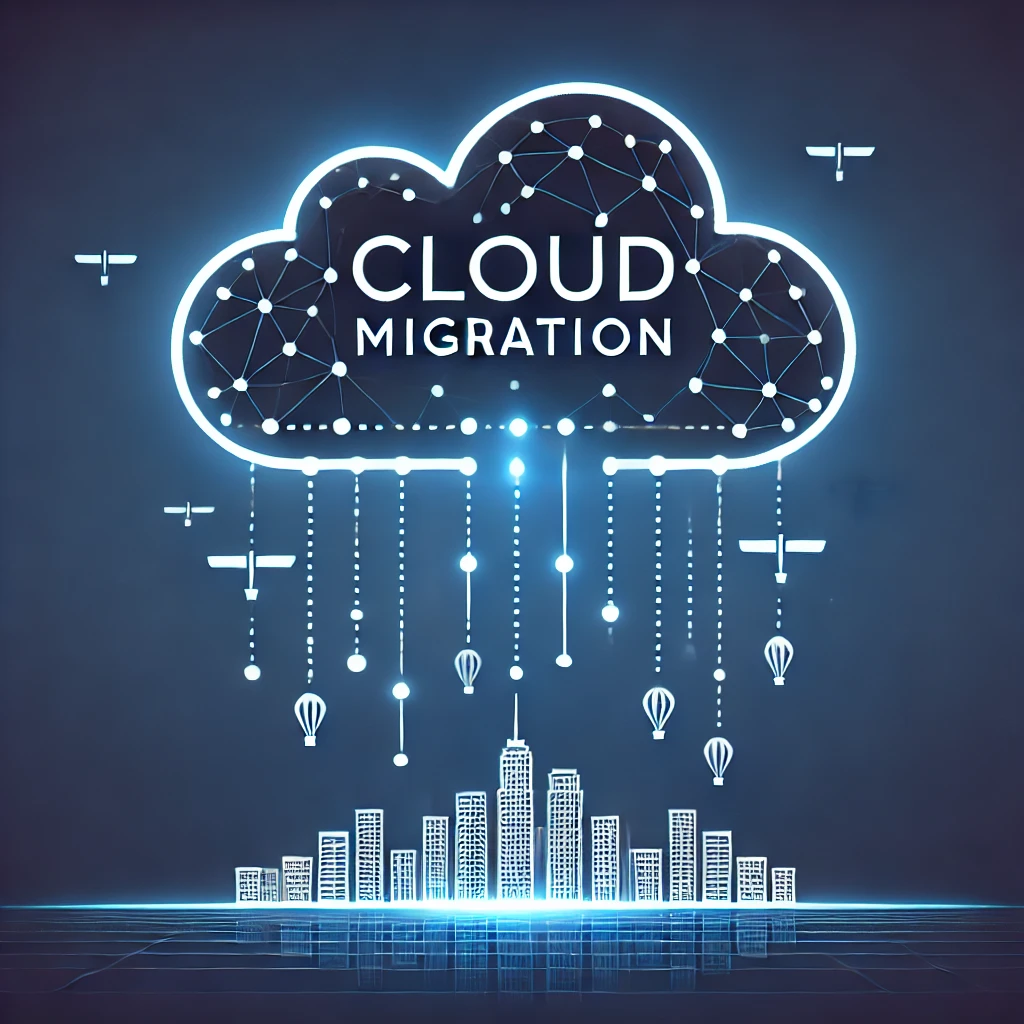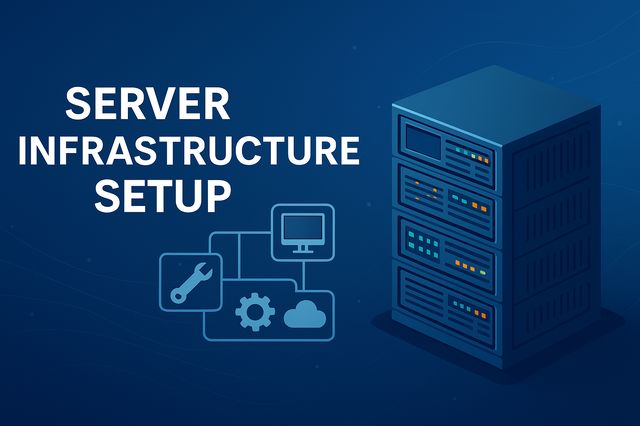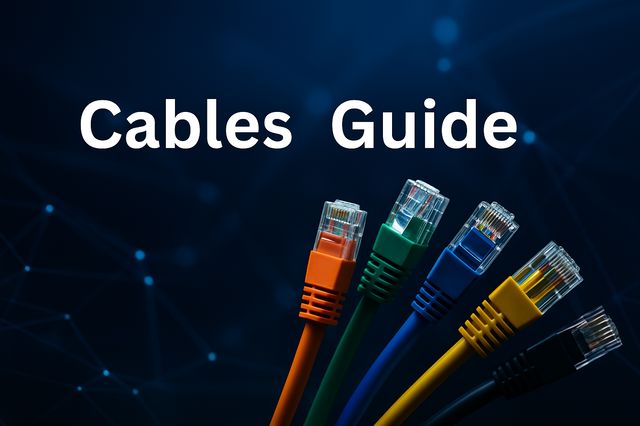Choosing between On-Premises Servers and Cloud Services after relocation is one of the most critical IT decisions SMBs face.
In 2025, relocation offers the perfect opportunity to modernize infrastructure replacing aging servers with scalable, secure, and compliant cloud environments, or designing a hybrid IT model that balances control and flexibility.
The right choice depends on compliance requirements, connectivity, and total cost of ownership (TCO).
Done strategically, relocation becomes not just a move but a modernization milestone.
Relocating an office is more than just moving furniture and reconnecting workstations. For SMBs, it is a critical inflection point to rethink IT strategy. One of the most pressing decisions during this process is whether to bring existing On-premises servers into the new location or to shift infrastructure toward cloud services.
This is not a simple choice. It has long-term implications on cost structures, regulatory compliance, scalability, disaster recovery, and even employee productivity. Done right, relocation becomes not just a move, but a modernization opportunity.
Why Relocation Forces the Decision

When companies move offices, they often face a moment of truth. Servers must be physically dismantled, transported, and reassembled. Cabling and racks need to be reinstalled. Internet connectivity and power redundancy must be re-verified. In many cases, businesses discover that their hardware is aging, out of warranty, or not optimized for new workloads.
Instead of investing heavily in re-establishing outdated systems, relocation is the perfect opportunity to ask: Should we move everything into the cloud instead?
This question is particularly relevant for SMBs where budgets are tight, downtime is costly, and IT teams are small.
The Case for On-premises Servers
On-premises servers have been the backbone of IT for decades. Even today, many SMBs rely on them for critical workloads.
Advantages of On-premises Servers
Direct Control | Organizations have full authority over hardware, software, and security configurations.
Performance Optimization | Certain workloads, like databases or latency-sensitive applications, may run faster on local infrastructure.
Regulatory Compliance | Industries like healthcare or finance often require specific data residency, making on-premises servers a necessity.
Legacy Integration | Older applications that were not designed for cloud deployment can continue running seamlessly.
Challenges of On-premises Servers
Capital Expenditure (CapEx) | Purchasing, transporting, and installing servers can cost thousands upfront.
Ongoing Maintenance | IT staff must handle patches, hardware failures, and capacity planning.
Limited Scalability | Growth requires buying and installing new hardware.
Disaster Recovery Risks | Without proper redundancy, local disasters (fire, flood, power outage) can cripple operations.
SMB relocating its headquarters may find that moving a 5-year-old server cluster requires specialized movers, downtime coordination, and reinstallation of networking gear. The cost and disruption could equal or exceed the price of migrating those workloads to the cloud.
The Benefits of Cloud Services
Cloud services (public or private) offer SMBs a radically different model: infrastructure delivered as-a-service.

Advantages of Cloud Services
Scalability on Demand | Storage and compute capacity can expand or shrink instantly.
Operational Expenditure (OpEx) | costs are distributed monthly, avoiding heavy upfront investment.
Built-In Redundancy | Cloud providers offer failover and backup across multiple regions.
Remote Work Enablement | Employees gain secure access from anywhere, boosting productivity.
Faster Deployment | New offices don’t need racks and servers installed; teams can be online quickly.
Challenges of Cloud Services
Internet Dependency | A reliable, high-speed connection is non-negotiable. Without it, productivity suffers.
Ongoing Subscription Costs | While CapEx is eliminated, OpEx fees accumulate over years.
Vendor Lock-In | Migrating away from a provider later can be expensive and complex.
Security Responsibility | While cloud vendors secure the infrastructure, SMBs remain responsible for identity, access, and compliance.
A growing SMB moving to a larger office might choose Microsoft 365 and Azure services to replace local Exchange servers. The result: faster relocation, simplified IT management, and stronger collaboration tools. However, they must ensure strong IAM policies to protect sensitive data.
The Hybrid Approach | Balancing Flexibility and Control
For many SMBs, a hybrid strategy offers the best of both worlds. Hybrid IT allows sensitive or legacy workloads to remain On-premises while moving collaboration tools, backups, and scalable workloads to the cloud.
Why Hybrid Works Well After Relocation
Cost Optimization | Invest only in essential hardware while using cloud for growth.
Risk Reduction | Critical applications stay local while data is backed up in the cloud.
Incremental Migration | Workloads can be shifted gradually without disrupting operations.
Future-Proofing | SMBs maintain flexibility to pivot fully to cloud later if needed.
An SMB with a custom ERP application keeps iOn-premises due to licensing constraints but moves file storage and backups to the cloud. During relocation, they only move essential servers, reducing complexity and downtime.
Technical Considerations for SMBs During Relocation
Connectivity at the New Office
Is fiber internet available with guaranteed SLAs?
Does the provider offer redundancy (dual ISPs, SD-WAN)?
Power and Cooling
Does the new office have dedicated circuits for servers?
Is there sufficient cooling for an IT rack?
Disaster Recovery Strategy
Are backups stored both On-premises and off-site?
Is cloud replication configured for rapid failover?
Compliance and Regulations
Does the industry mandate data residency or on-site storage?
Can cloud vendors provide audit trails and certifications?
Scalability Roadmap
Does the business anticipate rapid growth or seasonal demand?
Will cloud elasticity be more efficient than adding physical servers?
Total Cost of Ownership (TCO)
Compare 5-year costs of hardware, power, staff, and maintenance vs. cloud subscriptions.
Best Practices for a Smooth Transition
Audit Current Infrastructure | Document servers, applications, and dependencies before relocation.
Run a Pilot Cloud Migration | Test moving a non-critical workload to validate performance.
Plan for Hybrid IT | Even if the cloud is the long-term goal, use relocation as a phased migration.
Engage Expert Partners | Work with MSPs or IT consultants to avoid downtime and ensure security.
Monitor Post-Move Performance | Track latency, uptime, and user experience after the transition.
Relocation presents SMBs with a rare opportunity to realign IT infrastructure with business strategy. On-site servers provide control and compliance, but come with costs and limitations. Cloud services deliver scalability and flexibility, but require robust connectivity and careful management.
The best choice often lies in a hybrid approach retaining critical workloads on-premises while leveraging cloud for collaboration, backup, and growth. By carefully evaluating connectivity, compliance, TCO, and long-term business needs, SMBs can turn relocation into a launchpad for modernization and resilience.

Because all IT systems are already being disconnected, audited, and re-deployed.
This makes it the safest and most cost-efficient moment to upgrade aging hardware, migrate workloads, or redesign infrastructure without extra disruption.
Full control over hardware and security configurations
Better performance for latency-sensitive workloads
Easier compliance with strict data-residency regulations
Continued support for legacy systems not cloud-ready
High CapEx (hardware, installation, transport)
Ongoing maintenance and patch management
Limited scalability and resilience
Exposure to local risks like power failure or fire
Scalability on demand — pay only for what you use
Faster setup — no need for racks or data rooms
Built-in redundancy and geographic failover
Remote work enablement through secure access anywhere
Dependence on stable, high-speed internet
Long-term subscription costs (OpEx)
Possible vendor lock-in
Shared-responsibility model identity and compliance remain the customer’s duty
Hybrid IT combines both worlds:
critical workloads and compliance data stay on-premises, while collaboration tools, backups, and scalable apps move to the cloud.
It reduces cost, risk, and downtime during relocation while keeping future flexibility.
Assess 5-year ownership costs, including:
Hardware, energy, and cooling
Staff and maintenance
Internet bandwidth
Cloud subscription and data egress fees
Then factor in uptime, productivity, and disaster recovery savings.
Audit all servers, apps, and dependencies.
Run a pilot cloud migration for non-critical workloads.
Plan for hybrid coexistence first.
Engage an MSP or IT consultant for continuity.
Validate post-move performance and user access.
References
What is On-Premises Data Centers vs. Cloud Computing? – HPE
Cloud storage vs. on-premises servers: 9 things to keep in mind – MICROSOFT
Discover Cisco at a Glance: Relocation Simplified – Smart Budgeting and Cost Management Tips – CISCO


